@nwolpert it is the right location look at the church on the far right, its just a lot of the building have been destroyed over the past 100 years and the pavement has changed.
@nwolpert es ist der richtige Ort Blick auf die Kirche ganz rechts, nur ein Großteil des Gebäudes wurde in den letzten 100 Jahren zerstört und der Bürgersteig hat sich verändert.
I meant in the map actually (the marker is set at Trafalgar square)
Ich meinte eigentlich auf der Karte (die Markierung befindet sich am Trafalgar Square)
Klicken, um Karte anzuzeigen
Lade Bilder...
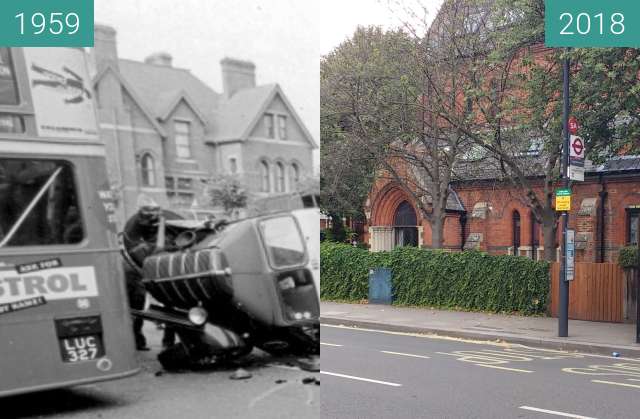
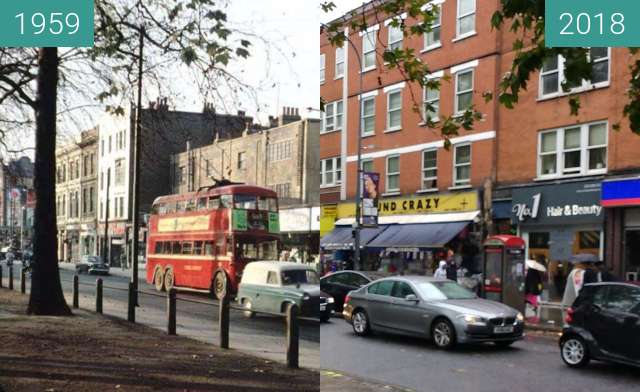
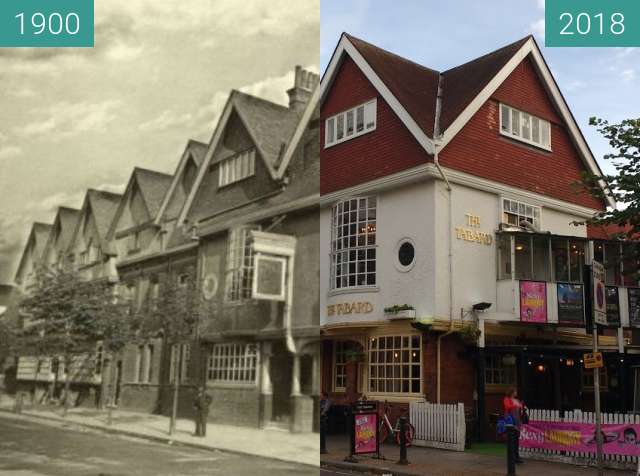
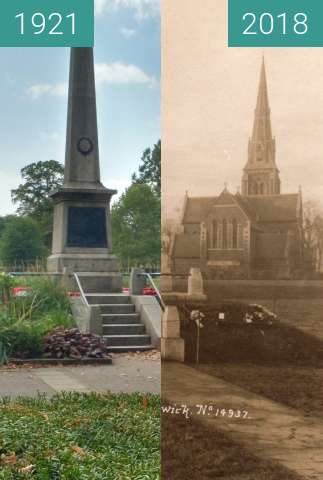
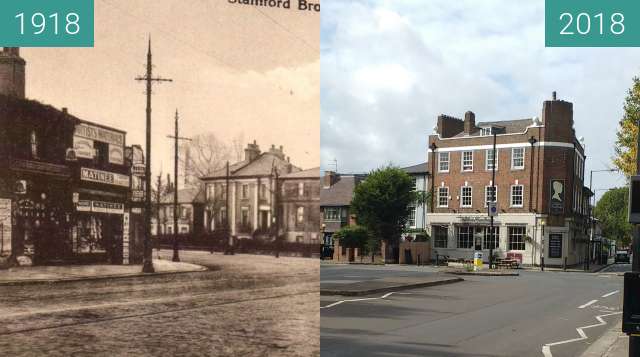
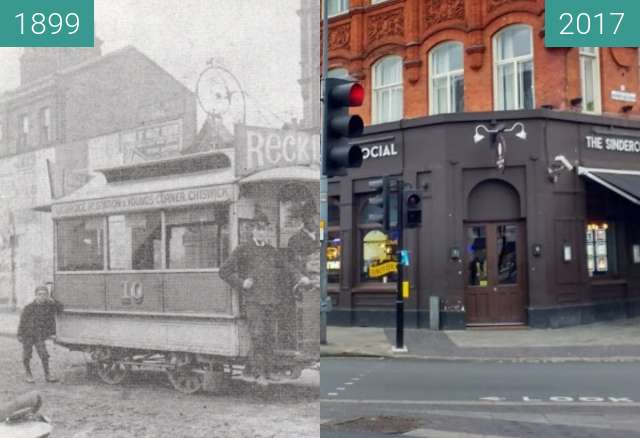
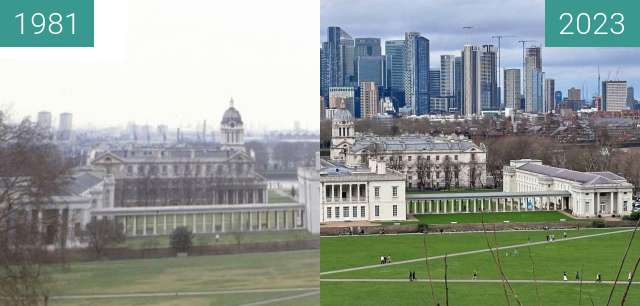
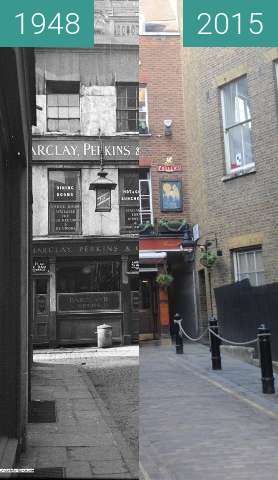
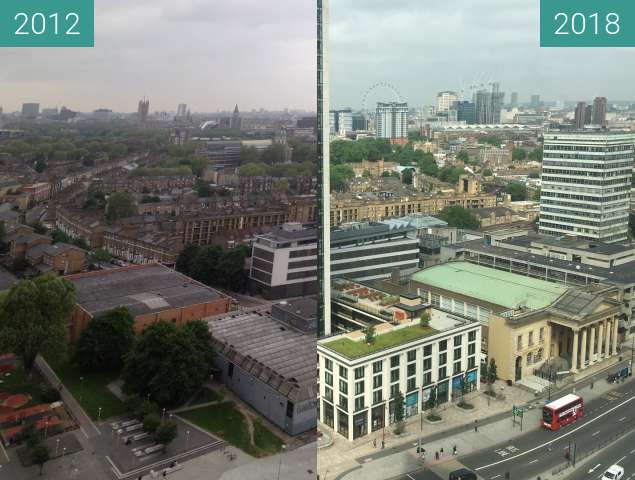
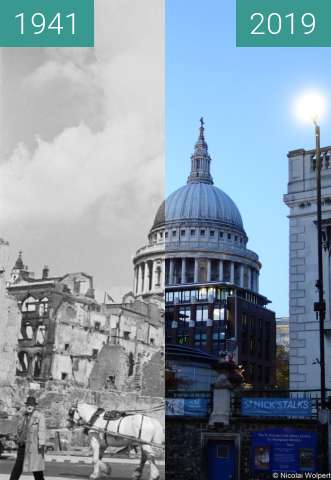
The name may be a corruption of 'stoney ford' or 'sandy ford' by which it was crossed by King Street. Stamford Brook has given its name to the surrounding area between Hammersmith and Chiswick and to local London Underground station, Stamford Brook.
The county of London formed in 1889 was bounded by the westernmost course of Stamford Brook, forming the boundary separating London Boroughs of Hammersmith and Acton in the new county from the Chiswick and Brentford Urban Districts in Middlesex.[1]
By 1900, all six strands of the brook and drainage dykes had been covered over and formed the most useful depressions available in which to site the neighbourhood's sewers, many diversionary surface water drains had been created closer to the surface to drain the catchment basin.[2]
Der Name kann eine Verfälschung von 'Stoney Ford' oder 'Sandy Ford' sein, mit der er von der King Street überquert wurde. Stamford Brook hat der Umgebung zwischen Hammersmith und Chiswick sowie der örtlichen Londoner U-Bahnstation Stamford Brook seinen Namen gegeben.
Die 1889 gegründete Grafschaft London wurde durch den westlichsten Verlauf von Stamford Brook begrenzt und bildete die Grenze zwischen den Londoner Bezirken Hammersmith und Acton in der neuen Grafschaft von den Stadtbezirken Chiswick und Brentford in Middlesex. [1]
Bis 1900 waren alle sechs Stränge der Bach- und Entwässerungsdeiche bedeckt und bildeten die nützlichsten Vertiefungen, in denen die Abwasserkanäle der Nachbarschaft platziert werden konnten. Viele ablenkende Oberflächenwasserkanäle waren näher an der Oberfläche angelegt worden, um das Einzugsgebiet zu entwässern. [ 2]